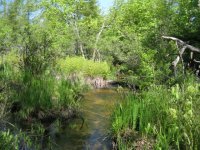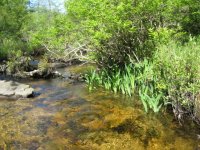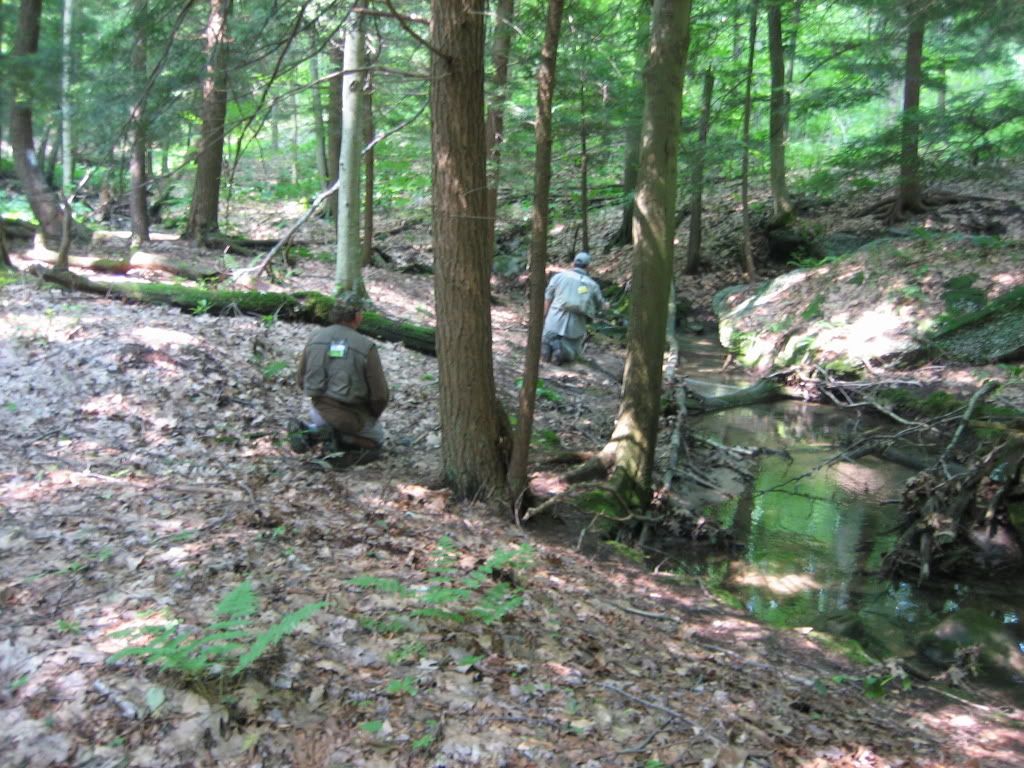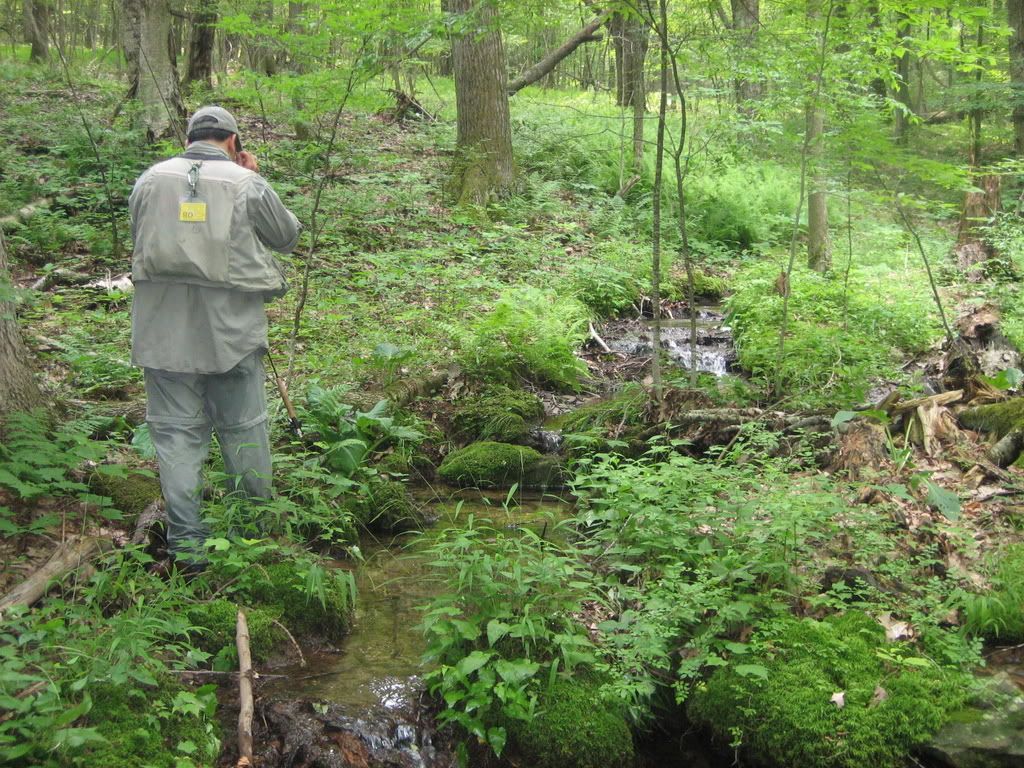The PFBC designation is one of convenience. It is much easier to say "headwaters" than it is to provide a definitive upstream stopping point, and on some streams, the headwaters is indeterminate and flow may be intermittent as well, so that at some times of year, fish can reach it, and if they do, they are trapped until a high water event. I once fished what is probably a third-order stream that was on the natural reproduction list and decided to fish a parallel third-order stream in the next valley over (the two third-order tribs joined just downstream from where I was fishing). That stream ended up having fish in it as well but wasn't officially designated on a map; however, I was told by the PFBC that if an UNT is classified as having natural reproduction, you can assume that the other tribs upstream from it fall under that classification, even though on a map produced from GIS only one stream section may show as supporting natural reproduction.
Char_Master - those 28-29" fish your pap showed you photos of I'd bet did not grow up in that small stream, but probably ran up out of a nearby river or lake at some point. I'd be curious to know what time of year they were caught.
This kind of small stream busting is the type I really enjoy, where you're working your way upstream and it seems like the stream is petering out. Always press on. So many times I've worked through a stretch of poor habitat where I wanted to quit but kept going and stumble on a change in gradient or geology that creates some nice pools again, the kind that hold 100% wild fish of the 11" brookie nature or of the 15" brownie nature. I think this has become one of the games I challenge myself with of late - how big of a streambred fish can I catch out of how small of a freestone stream..
Neither of the next two streams are extreme small headwater streams, but they are getting to the size that some anglers might dismiss them and walk back downstream.
This fish is an example of the fish and the slim habitat they can survive in. He's looking at his home (the undercut rock across the stream). Water is maybe a foot deep max for maybe two feet out from the rock and only a few inches deep for the rest of the breadth of the stream.
Or this stream - check out the volume of flow into the pool at the head (about 1.5' wide). There is actually quite a bit less water flowing through this stream than the stream in the first picture above. But, the little bit of water that is there forms a nice 3-foot deep pool at the tail, because of the way the underlying bedrock is exposed. And there is not one but two undercut rocks for fish to hide out under - one in the middle of the pool and one on the near foreground on the right bank.
I long suspected a pool boss should live here and finally caught him on Super Bowl Sunday. This may be the largest fish I have caught that still has visible parr marks.
I fished this stream again last Wednesday and whiffed on a smaller fish on my first few casts. Tried the rock on the right along the bank and nothing. Cast to the head of the pool and the pool boss just crushed the bugger as I stripped it down past the rock in the middle of the pool.
So regardless of what the official designation of "headwaters" is, press on and do your own stream surveying. You'll often be pleased and surprised at what you find.








